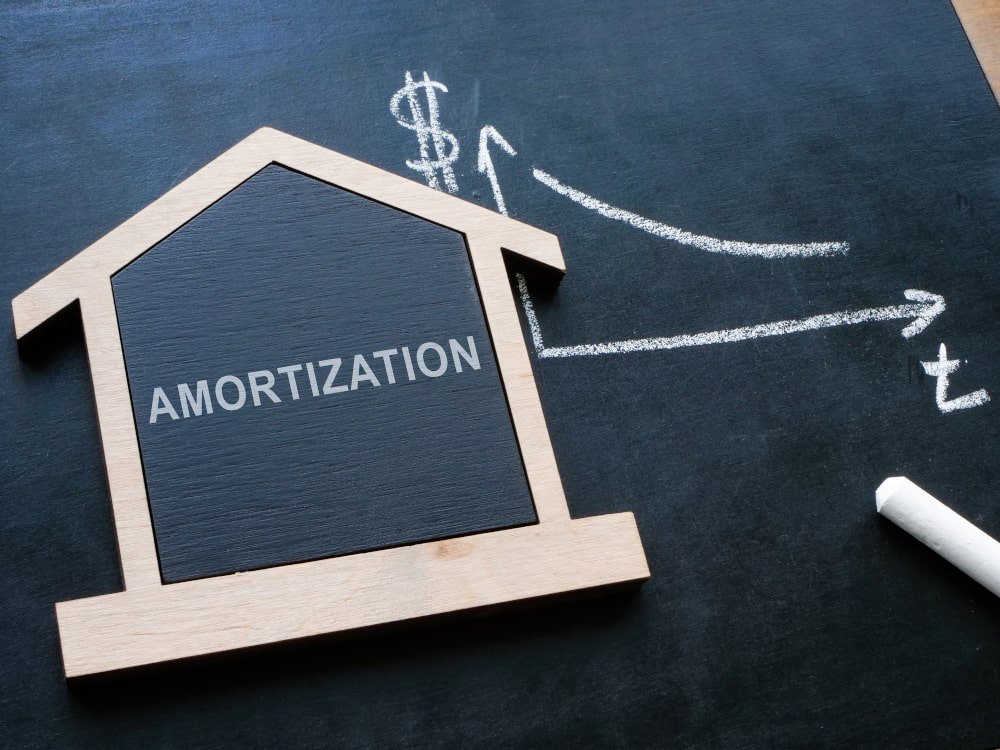Benefits of a 25-Year Mortgage vs. a 30-Year Mortgage

When choosing a mortgage , it is crucial to consider the ammortization period. Some of these options in Canada include the 25-year or 30-year mortgages . When considering these two choices, buyers must take into account monthly payments, interest costs, and financial flexibility that they require. This guide delves into the pros and con of each option and ultimately divide if a 25-year or 30-year mortgage is best fitted for your needs.
"The choice between a 25-year and 30-year mortgage truly depends on where your financial goals lie. It is all about finding the balance that is best for you and your family, as well as your finances.” - Victoria Ishai, Senior Mortgage Broker at Clover Mortgage
Benefits of a 25-Year Mortgage
For buyers focused on minimizing long-term costs and paying off their mortgage sooner, a 25-year term offers several significant advantages. Below are the primary benefits of opting for this shorter amortization period:
- Lower overall interest costs: Borrowers are likely to pay less interest overall even if the interest rates remain constant since their tenure is shorter. For example, a 25-year mortgage rate calculator would mean, approximately $370,000 of all-interest payments accruing on a $500,000 mortgage with a 5% interest rate over 25 years. Conversely, a 30-year mortgage at the same amount and rate would mean total interest payments closer to $450,000.
- Shorter Period In Building Equity: Although a lower amount of every payment in amortization goes to paying down the principal, a loan with a shorter amortization period is likely to cause the home equity growth to happen much quicker. This could be especially advantageous if the borrower sells or refinances the home in the future, to have that much more equity available for financial flexibility and borrowing power.
- Lower Interest Rates: When compared to the rest, a 25-year fixed mortgage rate in Canada typically has lower interest rates compared to a 30-year fixed mortgage. Lenders take these loans as being less risky from the repayment point of time because they get paid earlier and thus borrowers can get better terms on this loan.
- Better Financial Discipline: Although it is painful to pay higher monthly payments, higher monthly payments compel financial discipline through mandatory higher contributions every month toward the mortgage. That may keep the borrowers on track financially so that they do not spend the money elsewhere.
Benefits of a 30-Year Mortgage
When the monthly payments and cash flow are key priorities, a 30-year mortgage is often the better choice for those people. This ultimately lets borrowers manage their finances with more ease while still achieving the goal of homeownership. Here are some benefits of a longer amortization period:
- Lower Monthly Payments: this decreases one's monthly payment and frees one from cash flow to other expense sources and options for investment. For example, suppose someone is financing $500,000 at 5%, an applicant gets the possibility of using $2,680 instead of $2,910 under the condition of 25 years: such a difference of money as $230 every month greatly supports someone’s household budget.
- Increased Affordability in High-Cost Markets: The cities of Toronto and Vancouver are markets where a 30-year mortgage makes homeownership more accessible because the increased financial burden on a homebuyer upfront lowers. First-time buyers of houses and people purchasing homes in highly competitive markets would benefit from this.
- Flexibility for Other Financial Goals: Lower monthly payments can provide additional flexibility to save for retirement, invest in other assets, or cover unexpected expenses. Many people have other financial priorities and need to balance the competing demands of saving for a child's education, paying off high-interest debt, or accomplishing other important objectives; here, the 30-year mortgage serves that purpose.
- Optional Early Payments : Most lenders in Canada will permit additional payments on a 30-year mortgage, without penalty, which effectively shortens the amortization period. This flexibility enables borrowers to enjoy lower monthly payments while still having the option to pay off the mortgage faster when financially feasible.
Simple Chart Comparison
| 25-Year Mortgage Benefits | 30-Year Mortgage Benefits |
|---|---|
| Lower overall interest costs | Lower monthly payments |
| Faster home equity growth | Increased affordability in high-cost markets |
| Lower interest rates | Flexibility for other financial goals |
| Encourages financial discipline | Optional early payments |
Choosing Between a 25-Year and 30-Year Mortgage
Deciding between a 25-year mortgage and a 30-year mortgage depends on your financial circumstances, objectives, and how much risk you're willing to take. Here are some key factors to think about:
- Budget: Given that the average 25-year mortgage rate in Ontario can save you on interest costs in the long term, it best suits someone with a steady source of income who can afford the high pay every month. If you have less financial flexibility, the 30-year mortgage would be in your best interests.
- Financial Goals: Paying off the house faster, a 25-year mortgage, if it is an important goal. Of course, if one intends to invest extra money elsewhere or wants to save it, then he might need the reduced monthly allowance produced by a 30-year mortgage.
- Property Type and Location: Property type and location are considerations. In high-cost areas — like the Greater Toronto Area — a 30-year mortgage may fit the bill and make ownership more reachable, whereas, in more moderate housing markets, a 25-year mortgage may be more in order.
- Market Conditions: A high rate of interest greatly determines mortgage affordability. Use a 25-year mortgage calculator to compare rates and payments based on today's market conditions, and be your own judge as to whether a fixed rate or variable rate will best suit your financial strategy.
Projected Interest Rates for 25-Year and 30-Year Mortgages in Canada (2024-2026)
| Year | 25-Year Fixed Rate % | 30-Year Fixed Rate% |
|---|---|---|
| 2024 | 4.36 | 4.59 |
| 2025 | 4.11 | 4.32 |
| 2026 | 3.92 | 4.10 |
Based on this data from CREA (Canadian Real Estate Association) , it is anticipated that the forecast will push Canada's mortgage rates down — a decline in the 25 and 30-year fixed rates — to slide through 2026, reflecting expected economic easing and BoC rate cuts.
Conclusion + Call to Action
While this may seem overwhelming, it is imperative that you have a trusted partner to best navigate this process. Our experts at Clover Mortgage are at your service to guide you through each step of the way in comparing 25-year vs 30-year mortgage rates in Canada, finding the solution to suit your needs.
Contact us today and start your journey towards being a homeowner.
FAQ
Should you get a 25- or 30-year mortgage?
It is ultimately contingent on what you want to do financially. Equally important, the alternative of a 25-year mortgage would save you money in interest over time and give you equity with this option. In contrast, the 30-year mortgage requires lower monthly payments and freedom from generally tight financial constraints.
What is better, 25- or 30-year amortization?
With the 25-year amortization option, This will save money in interest payments and allow you to pay off the home faster. If you prefer paying smaller amount each month and reserve your capital for other purposes, then the 30-year amortization period would be ideal.
Is it better to have a 25-year or 30-year mortgage?
A 25-year mortgage is better for long-term savings, but the 30-year mortgage provides immediate affordability. Consider these factors: budget, objectives, and market conditions.





